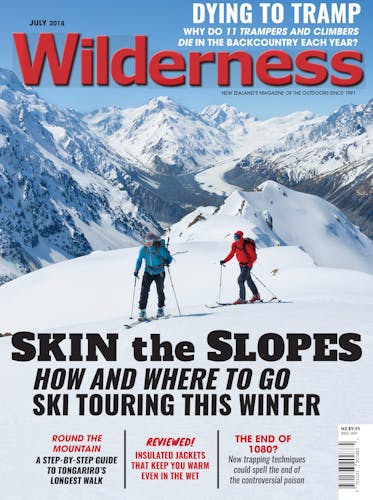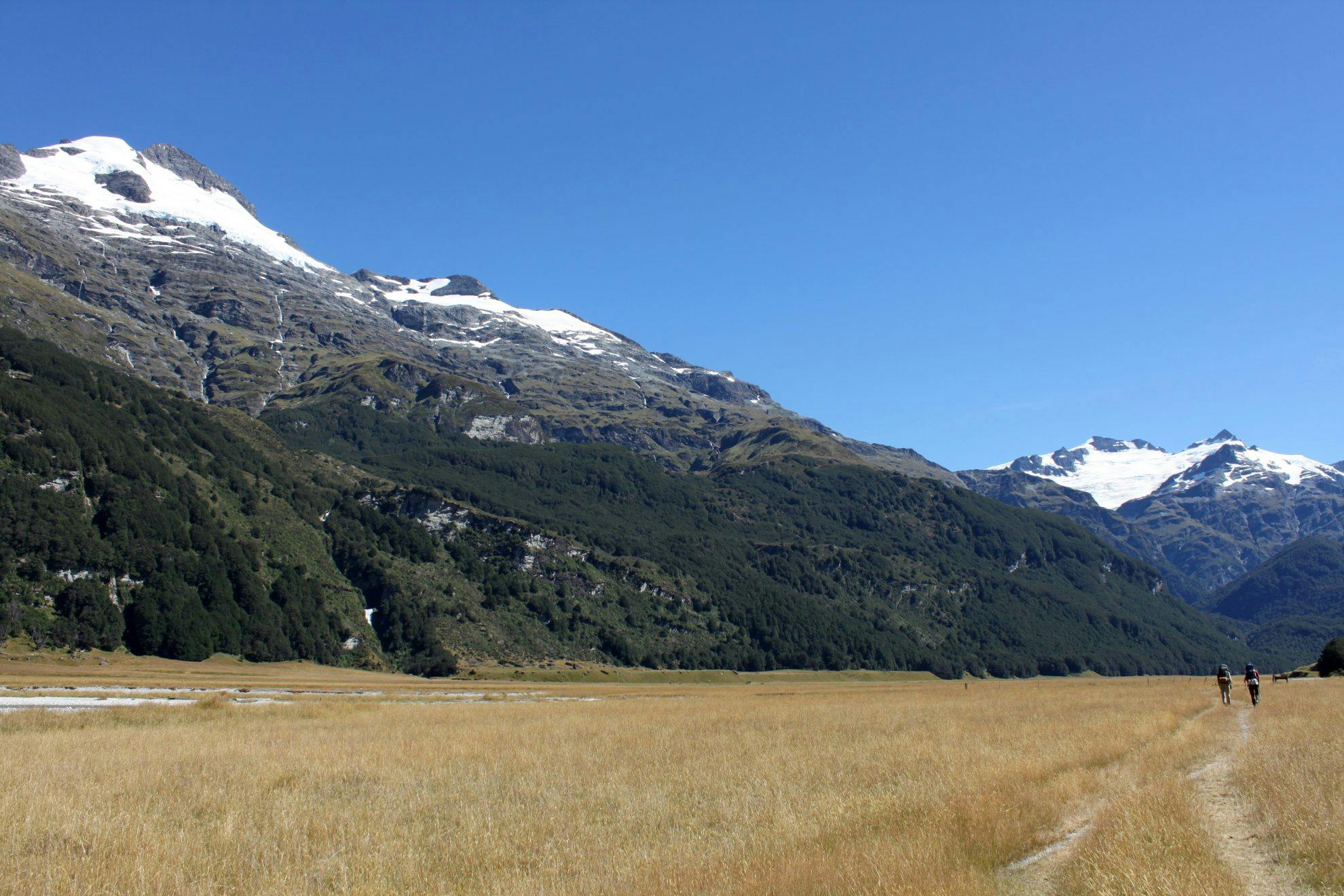Privatising tracks, withdrawing access or capping tourist numbers are all being put forward as solutions to a growing infrastructure deficit at high country tramping spots.
Rising above the shore of Lake Tekapo, Mt John boasts the kind of scenery you might expect on a Tourism New Zealand promotional video. The Mt John Walkway follows the lake before climbing to the 1031m summit, offering one of the best views in the region. And the secret is out. The track runs through Balmoral Station and farm manager Andrew Simpson says the number of walkers has increased rapidly, and is now approaching 100,000 a year. He says the sheer number of walkers means that issues with human waste, rubbish and disruption to stock is reaching a crisis point.
“We need to think really clearly about how we cater for this amount of people and what is required with infrastructure, because the pollution is getting quite bad,” Simpson says. “We need to have toilets now.”
The problem is, who pays? The track is on private land, but it has become a public amenity. Simpson says he doesn’t want to close it, but he’s running out of options.
“We’ve never considered closing it. It’s part of being a good custodian of the land. I’ve lived my whole life here and I think it’s a great attraction for the town. We just want it managed appropriately.”
Farmers near Glenorchy are experiencing similar issues. The first 12km of the popular Rees-Dart Track runs through Rees Valley Station. Farm manager Kate Scott says there have been increasing issues with the growing number of walkers and she is spending more time dealing with recreation-related issues. The biggest problem was people chasing stock across the Rees River into a neighbouring property. Scott says they are looking at rerouting the track off their land and fencing off the station. But that is expected to cost them about $20,000.
“A lot of people are finding that what wasn’t an issue with 50 people is becoming a big issue with 5000 people,” Scott says. “If two per cent of people are idiots, it becomes a bigger problem.
“We’d like to leave the track as an open space, but we have lost some good-will due to the behaviour of some people.”
A recent Walking Access Commission report found the mounting pressure on infrastructure is one of the biggest threats to access in the high country. The commission, a Crown entity responsible for public access in the outdoors, interviewed farmers, council and DOC staff, and trampers across the region. It found a number of farmers and landowners are considering blocking access to tracks due to a boom in numbers.
Funding infrastructure was the central issue, but the report says this falls into a grey area. Councils don’t want to increase rates to pay for toilets for tourists, DOC doesn’t have responsibility for infrastructure on private land, while landowners don’t want to pay for it as they argue they don’t reap the rewards.
Commission CEO Eric Pyle says the issue needs to be urgently addressed.
“Without a good understanding of who pays for this infrastructure, I can imagine landowners will be wary of granting access for new tracks in the future. To some extent, we are seeing that play out already,” Pyle says.
The commission has received over 300 submissions on the report and will now try and work out a solution with the agencies involved.
But radical solutions are already being proposed. Fish and Game is calling for a cap on tourism numbers in the high country, saying the boom is harming the outdoor experience.
“We believe something needs to be done to reduce visitor numbers until the required infrastructure to cope with them is built,” Fish and Game New Zealand’s chief executive Martin Taylor says. “It’s not appropriate to let the current demand stay the same or grow before tackling the negative impact excessive tourism is having.”
Local Government NZ chief executive Malcolm Alexander is adamant the cost shouldn’t land on ratepayers and says landowners should start charging for access.
“User pays is not unreasonable,” Alexander says. “Expecting ratepayers to pay for everything is unlikely to endure. Almost everywhere else there are charges on tourists. We are quite unique in this regard and it’s not sustainable.”
But Eric Pyle is strongly opposed to user-pays:“New Zealand has a long history and tradition of landholders granting free access to the public. I’d like to see that ethos and culture continue.”
And Andrew Simpson says it simply wouldn’t work:
“We can’t afford to have someone at the gate collecting fees,” he says.








